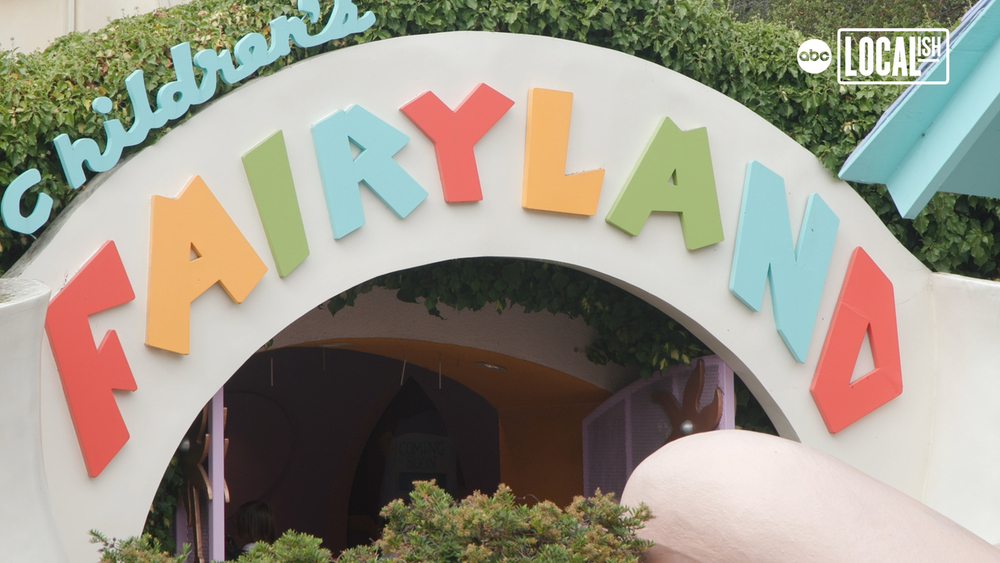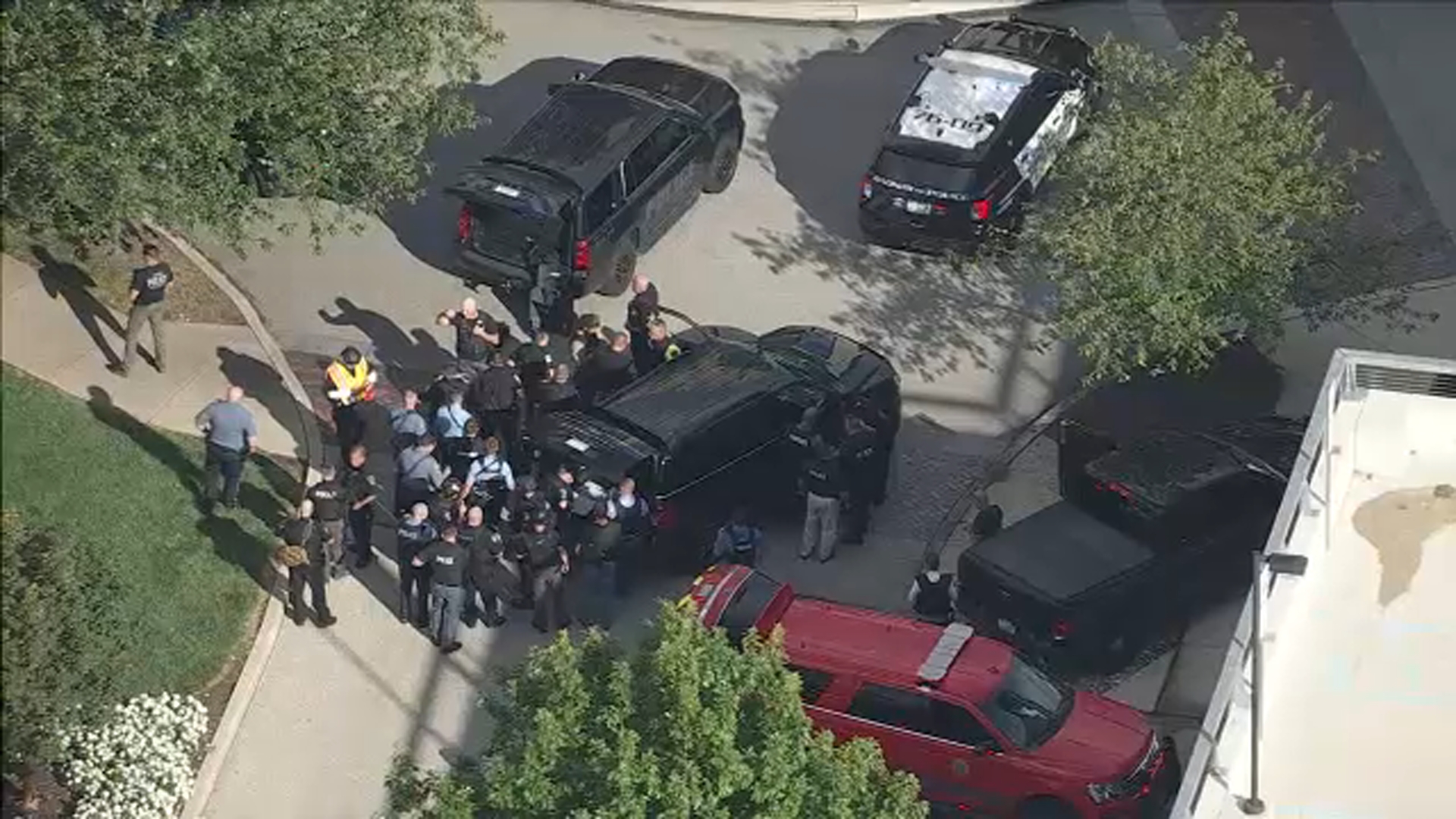New SF disability cultural center honors past, ignites a future rooted in 504 Sit-Ins of 1977

SAN FRANCISCO -- In 1977, over 100 disabled activists occupied a federal building in San Francisco for nearly a month, demanding their civil rights be recognized. Today, that same spirit of resistance and community lives on through the opening of a new disability cultural center mere steps away from the site of that famous protest.
"The disability cultural center is meant to be a place where we go so far beyond compliance," said co-director Emily Beitiks. "It's a place where disabled people can come together, celebrate what disability culture looks like. Whether that's poetry, art, performances."
The San Francisco disability cultural center is the first of its kind in the country and a gathering space for the disabled community.
"It's a space for belonging," said Beitiks. "And to think of disability as a part of having a culture, as being one of those parts that makes San Francisco great."
"We are going to ensure that we, the city of San Francisco, welcome everyone," said Eli Gelardin, the director of the San Francisco Office on Disability and Accessibility. "All those with disabilities, aging into disability, living with disability, acquiring disability, into our community and we're doing it today."
"This center signals to the country that disabled people have a history, culture, language," said Alice Wong, a prominent disability rights activist. "That we deserve a place for us to gather, organize, celebrate, and just be together."
The center opens just a few blocks from the San Francisco office of the Department of Health, Education, and Welfare, where in April of 1977, over 100 disabled activists staged a protest that lasted 26 days, demanding that lawmakers implement section 504 of the Rehabilitation Act of 1973, something they had waited four years to be signed.
Section 504 laid out clear legal protections against discrimination for people with disabilities and would lay the groundwork for the Americans with Disabilities Act of 1990. The "504 Sit-In" is still the longest non-violent occupation of a federal building in U.S. history.
Debby Kaplan was one of those protesters. "I was actually part of the group that was negotiating with the federal government about the 504 regulations," said Kaplan. "Every time we met with them, subsequently, their draft of the regulation would get weaker from the time before."
"We decided then, 'OK, we're going to have to protest and we're going to have to do something and take action,'" she added.
Section 504 would later be signed into law.
"It was years before Joseph Califano, the head of Health, Education, and Welfare, admitted that he signed the regulations, unchanged, because of the fire and the pressure that the protestors had put on," Beitiks said.
Kaplan said the group even surprised themselves.
"I think we realized that we are much more powerful than we ever imagined," she said. "We felt incredibly strong."
The spirit of the 504 protesters lives on today through this new disability cultural center. It serves as a reminder of the work that has been done and the work left to do.
"We're 35 years after the ADA, and there's still so many barriers for disabled people," said Beitiks. "When people have the assumption that disabled lives are less worthy, or a burden, or pity, we're missing the opportunity to see all that disability brings."
The San Francisco disability cultural center is located at 165 Grove St. For more information, visit their website.










